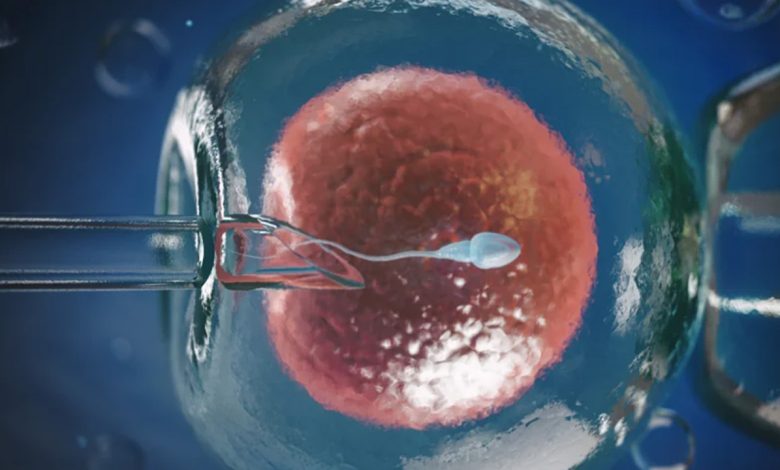
Context- Australia became the second nation to approve mitochondrial replacement therapy (MRT) after the United Kingdom. In 8 years under 5 youngsters are conceived involving this strategy in the UK. In India it has not been investigated a lot.
What is MRT, or mitochondrial replacement therapy?
- MRT is a method of in-vitro fertilization designed to stop women who have mitochondrial diseases from passing them on to their children.
- Because MRT alters the egg or embryo prior to implantation, it is included in the broad category of gene therapies known as germline therapies.
What is In-Vitro fertilization (IVF)?
- The process of fertilizing a woman’s egg and a man’s sperm in a laboratory dish is known as in vitro fertilization (IVF).
- IVF is a type of helped conceptive innovation (Craftsmanship) which are unique clinical procedures used to assist a lady with becoming pregnant.
Mitochondrial Diseases
- A group of diseases that affect Mitochondria, also known as the “powerhouse” of the cell, are referred to as mitochondrial diseases or mitochondrial disorders.
- The DNA that the mitochondria contain is known as mitochondrial DNA, or mDNA. Transformations in this mDNA or changes in atomic DNA (DNA tracked down in the core of a cell) can cause mitochondrial jumble. Natural poisons can likewise set off mitochondrial infection.
Symptoms of Mitochondrial diseases are
- Problems with the nervous system, such as seizures,
- diabetes,
- respiratory disorders,
- thyroid and/or adrenal dysfunction,
- dysfunction of the autonomic nervous system,
- Neuropsychological changes, or dementia characterized by confusion, disorientation, and
- memory loss
How does MRT help?
- There are two types of DNA in each human: mitochondrial and nuclear. Every cell contains one complete arrangement of atomic DNA yet there are various duplicates of mDNA present inside the cell.
- Treatment is the cycle by which the male and female sex cells, called gametes, join to shape an incipient organism, likewise called a zygote.
- The egg or oocyte is the gamete that gives all of the phone cytoplasm and organelles to the joined zygote once preparation is finished since mitochondria from sperm cell is wiped out during early undeveloped organism improvement.
- Because the mother provides all of the mitochondria and mDNA, mitochondrial diseases can only be passed down from one generation to the next.
- In this manner MRT centers around the expulsion of changed mDNA from the treated zygote and creates in a solid climate.
How is MRT performed?
- MRT can be carried out in one of two ways:
- Pronuclear transfer (PNT) and
- maternal spindle fiber transfer (MST)
- Both of the processes use donor eggs with normal mDNA.
Three-parent baby
- A baby is said to be a three-parent baby if it is born through the use of assisted reproductive technologies, specifically mitochondrial replacement therapy (MRT) and in vitro fertilization (IVF), from the genetic material of one man and two women.
- Here, the baby gets the majority of its DNA from its parents, but it also gets a small amount of mRNA from the donor mother.
Laws and Regulation of MRT
- Britain
-
- MRT was made legal by a vote in the British Parliament in 2015 to amend the Human Fertilization and Embryology Act of 2008.
- The Human Fertilisation and Embryology Authority (HFEA) in the United Kingdom grants approval on a case-by-case basis.
- USA:
- The clinical utilization of MRT in the US falls inside Food and Medication Organization’s (FDA) administrative power.
- Congress has included provisions that prohibit the FDA from accepting applications for clinical research utilizing MRT since December 2015.
- As a result, MRT-based clinical research on humans cannot legally be conducted in the United States.
Conclusion
- There is a need to evaluate the possible dangers against the expected gains and afterward make a decent methodology for taking on MRT.
- Before proceeding with MRT, the donor mother should be given the appropriate informed consent.
- Legislation can be used to address ethical and legal issues.
- To eliminate genetic diseases’ inherent vulnerabilities, better research should be promoted.





.png)



